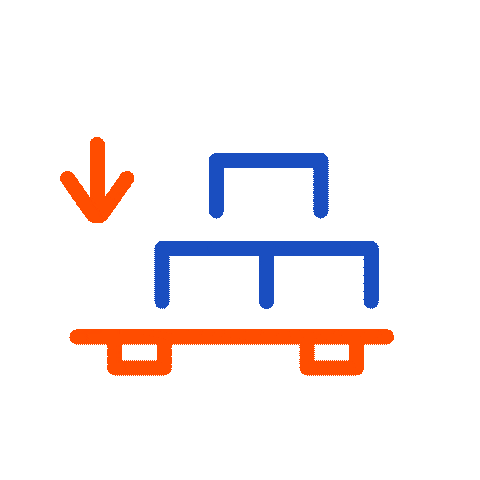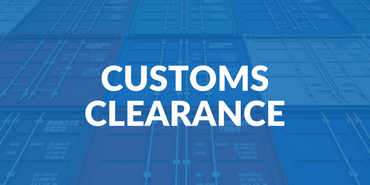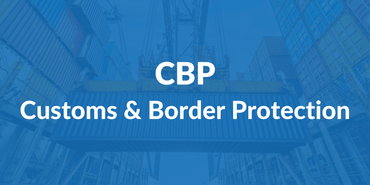
HS codes, HTS codes & TARIC codes



What Is an HS Code?
The HS code—officially known as the Harmonized Commodity Description and Coding System—is a global classification system created to categorize merchandise traded across borders. It’s commonly referred to as the Harmonized System (HS).
Each product shipped internationally is assigned a numerical code based on its nature, type, and purpose. This system simplifies product identification, speeds up customs clearance, and ensures accurate tariff and duty calculations in every country.
Introduced in 1988 by the World Customs Organization (WCO) in Belgium, the HS code has evolved alongside global trade. Updates were made in 1996, 2002, 2007, 2012, and most recently, 2017.
Today, more than 200 countries use the HS code system to determine customs tariffs. Around 98% of world trade is classified under this system, which also helps track and analyze global trade flows.
HS Code by Country or Area
Many countries expand upon the six-digit international HS code by adding extra digits for further classification.
While the first six digits are always standardized by the WCO, the additional digits vary by country. This allows each nation to create more specific categories for taxation or statistical purposes.
For example:
- Singapore uses eight-digit HS codes.
- Japan uses nine-digit HS codes.
You may also encounter country-specific variations such as the HTS code (used in the U.S.) or the TARIC code (used in the EU), which we’ll explain later.
HS Code Format
The HS system includes about 5,300 commodity codes. These are structured into sections, chapters, headings, and subheadings that group products by type.
In simple terms:
Section → Chapter → Heading → Subheading → Product HS Code
The 2017 edition of the HS nomenclature includes 21 sections and 97 chapters. Below is a summary:
| Section | Name |
|---|---|
| Section 1 (Chapters 1–5) | Animal & Animal Products |
| Section 2 (Chapters 6–14) | Vegetable Products |
| Section 3 (Chapter 15) | Animal or Vegetable Fats and Oils |
| Section 4 (Chapters 16–24) | Prepared Foodstuffs |
| Section 5 (Chapters 25–27) | Mineral Products |
| Section 6 (Chapters 28–38) | Chemicals & Allied Industries |
| Section 7 (Chapters 39–40) | Plastics / Rubbers |
| Section 8 (Chapters 41–43) | Raw Hides, Skins, Leather & Furs |
| Section 9 (Chapters 44–46) | Wood & Wood Products |
| Section 10 (Chapters 47–49) | Pulp of Wood or Other Fibrous Material |
| Section 11 (Chapters 50–63) | Textiles |
| Section 12 (Chapters 64–67) | Footwear / Headgear |
| Section 13 (Chapters 68–70) | Stone / Glass |
| Section 14 (Chapter 71) | Natural or Cultured Pearls |
| Section 15 (Chapters 72–83) | Base Metals |
| Section 16 (Chapters 84–85) | Machinery / Electrical |
| Section 17 (Chapters 86–89) | Transportation |
| Section 18 (Chapters 90–92) | Precision Instruments |
| Section 19 (Chapter 93) | Arms and Ammunition |
| Section 20 (Chapters 94–96) | Miscellaneous Manufactured Articles |
| Section 21 (Chapter 97) | Works of Art |
Each HS code consists of six digits:
- The first two identify the chapter.
- The next two identify the heading.
- The final two identify the subheading.
For example, HS code 660390 (for umbrellas):![]()
- 66 → Chapter: Umbrellas, sun umbrellas, walking sticks, whips, etc.
- 03 → Heading: Parts and accessories of articles of heading 6601 or 6602.
- 90 → Subheading: Umbrellas and sun umbrellas; garden or similar umbrellas.
Each section and chapter also includes legal wording to ensure products are classified correctly.
HS Code Lookup
Using the wrong HS code can cause costly delays during customs processing. Always verify your code before shipping to avoid errors on your Bill of Lading or Packing List.
You can find HS codes using the WCO’s official search tool or the Foreign Trade HS code lookup listed on the United Nations website.
When in doubt, consult your freight forwarder.
What Is an HTS Code?
The HTS code (Harmonized Tariff Schedule) expands on the HS code with additional digits for country-specific details.
These codes contain seven to ten digits, where the first six match the HS code and the remaining digits specify subcategories for tariff and statistical purposes.
In the United States, HTS codes are part of the Harmonized Tariff Schedule of the United States (HTSUS). There are over 17,000 HTS codes used for imports and exports.
The first two extra digits define the U.S. subheading (for duty rates), and the final two are used for statistical data. HTS codes can also replace the Schedule B number for exports.
HTS Code Example
Using the same umbrella example, the HTS code for umbrella parts imported into the U.S. is 6603904100.
- 660390 → Corresponding HS code
- 41 → U.S. subheading: Umbrella handles, knobs, tips, and caps
- 00 → Statistical code
HTS Code Lookup
To comply with U.S. import and export laws, you must identify the correct HTS code for your products.
You can search using the U.S. International Trade Commission’s HTS code tool, or download the HTSUS 2018 version (over 3,800 pages). For efficiency, locate your product’s section and chapter, then download only the relevant part.
What Is a TARIC Code?
TARIC codes apply to imports entering the European Union from non-EU countries. Like HTS codes, TARIC codes extend the HS system for EU-specific tariff and trade regulation.
“TARIC, the integrated Tariff of the European Union, is a multilingual database integrating all measures relating to EU customs tariff, commercial and agricultural legislation.”
— European Commission
TARIC codes streamline EU customs processes, standardize tariff rates, and support trade data collection.
A TARIC code has 10 digits:
- The first six come from the HS code.
- The next two (CN – Combined Nomenclature) further classify the product for EU exports.
- The final two identify tariff rates for imports.
All EU exporters must list the CN code on export forms, while EU importers must include the TARIC code on import declarations.
You can look up TARIC codes on the European Commission’s TARIC Consultation Page, which provides product descriptions, tariff details, and fiscal data for each item.
Related Articles


